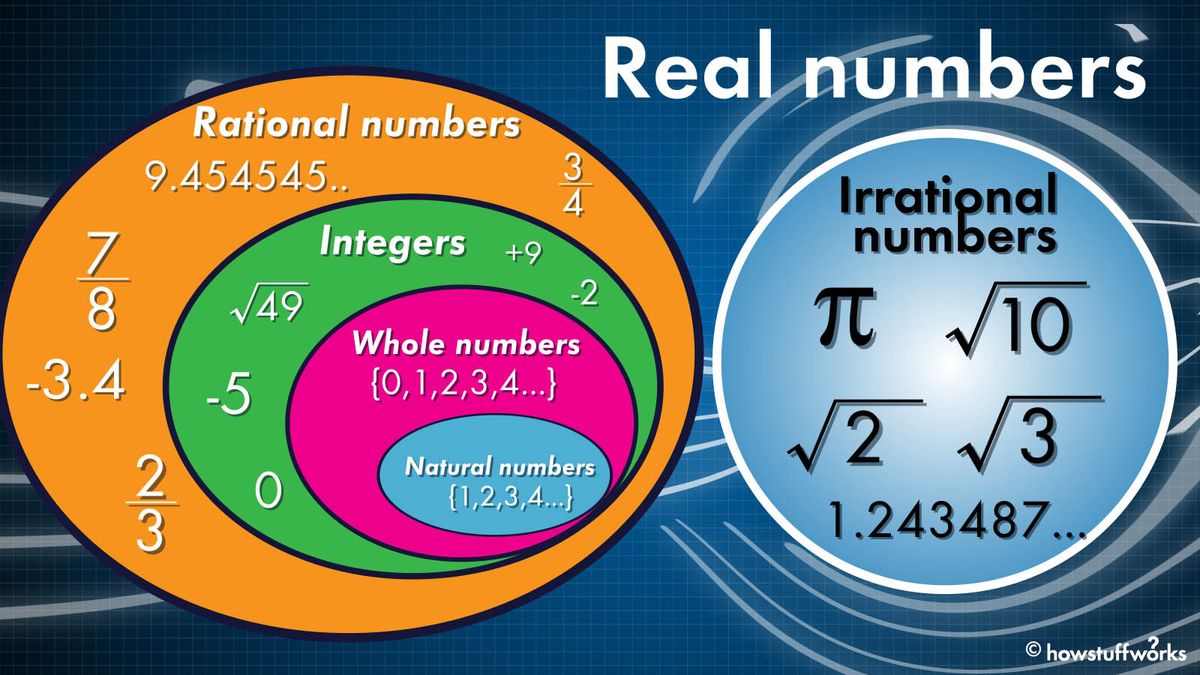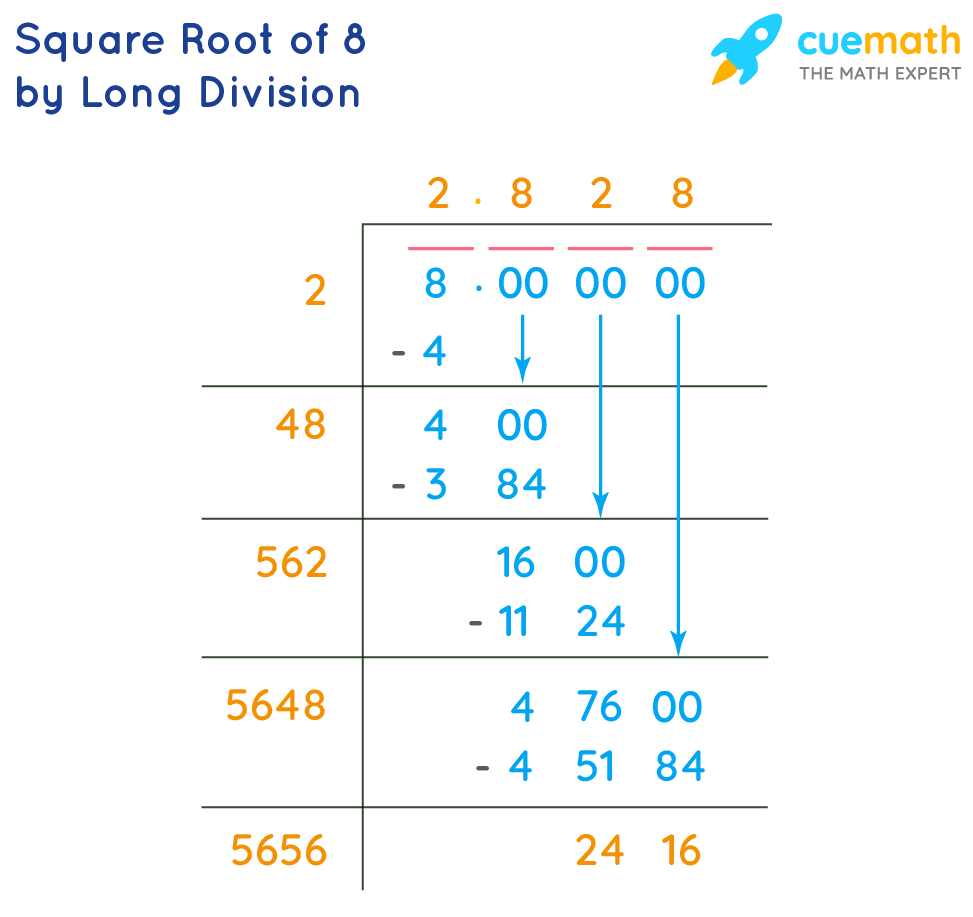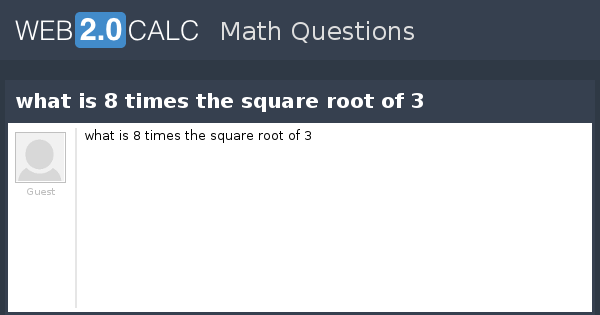Topic square root of 8100: Discover the mathematical significance and practical applications of the square root of 8100. This guide explores various methods to calculate it, its properties, and its relevance in different mathematical contexts. Dive in to enhance your understanding and see how this fundamental concept can be applied in real-world scenarios.
Table of Content
- Square Root of 8100
- Overview
- Definition and Basic Information
- Calculation Methods
- Is 8100 a Perfect Square?
- Prime Factorization of 8100
- Number of Divisors
- Related Calculations
- YOUTUBE: Hướng dẫn tìm căn bậc hai của 8100 bằng phương pháp phân tích thành thừa số nguyên tố. Phù hợp cho học sinh lớp 8, video này giúp bạn hiểu rõ về căn bậc hai và bình phương.
Square Root of 8100
The square root of 8100 is a fundamental mathematical concept that can be approached through various methods, including prime factorization and long division. Here, we explore these methods and more to understand how the square root of 8100 is derived.
What is the Square Root of 8100?
The square root of a number is the value that, when multiplied by itself, gives the original number. For 8100, this can be expressed mathematically as:
\[
\sqrt{8100} = 90
\]
This means that \(90 \times 90 = 8100\). Both 90 and -90 are roots, but in most contexts, the positive root is used.
Methods to Find the Square Root of 8100
- Prime Factorization Method: Break down 8100 into its prime factors.
- Long Division Method: This method is useful for large numbers or those that are not perfect squares.
- Pair the digits from right to left: (81)(00).
- Find a number whose square is less than or equal to 81. Here, it is 9.
- Double the 9 and find a digit to form a number that when multiplied gives 8100. The result is 90.
Prime factorization of 8100 is \(2^2 \times 3^4 \times 5^2\).
Taking the square root involves taking the square root of each factor:
\[
\sqrt{8100} = \sqrt{2^2 \times 3^4 \times 5^2} = 2 \times 3^2 \times 5 = 2 \times 9 \times 5 = 90
\]
Properties of the Square Root of 8100
The square root of 8100, 90, is a rational number because it can be expressed as a fraction \(\frac{90}{1}\). Additionally, 8100 is a perfect square since \(90 \times 90 = 8100\).
Applications and Examples
| Application | Example |
| Finding the side of a square | If the area of a square is 8100 cm2, each side is \(\sqrt{8100} = 90\) cm. |
| Volume of a cube | If the surface area is 48600 cm2, each side is 90 cm, and the volume is \(90^3 = 729000\) cm3. |
| Perfect Square Addition | To make 8000 a perfect square, add 100, making it 8100, with a square root of 90. |
Frequently Asked Questions
- Q: What is the square root of 8100?
A: The square root of 8100 is 90. - Q: Is 8100 a perfect square?
A: Yes, because \(90 \times 90 = 8100\). - Q: Is the square root of 8100 rational or irrational?
A: It is rational.

READ MORE:
Overview
The square root of 8100 is an interesting mathematical concept that can be explored through various methods. This overview will provide a detailed explanation of these methods, the properties of the square root of 8100, and its applications in different contexts.
- The square root of 8100 is 90.
- In mathematical terms, the square root of 8100 is represented as √8100 or 81001/2.
- 8100 is a perfect square because 90 × 90 = 8100.
- Methods to find the square root of 8100 include the prime factorization method and the long division method.
Prime Factorization Method
The prime factorization of 8100 can be expressed as:
- Step 1: Prime factors of 8100 = 2 × 2 × 3 × 3 × 3 × 3 × 5 × 5.
- Step 2: Group the factors in pairs: (2 × 2), (3 × 3), (3 × 3), (5 × 5).
- Step 3: Take one factor from each pair: 2, 3, 3, 5.
- Step 4: Multiply these factors: 2 × 3 × 3 × 5 = 90.
Long Division Method
The long division method for finding the square root of 8100 involves the following steps:
- Pair the digits of 8100 from right to left, resulting in 81 and 00.
- Find a number (Y) whose square is less than or equal to 81. In this case, Y is 9.
- Divide 81 by 9 to get a quotient of 9.
- Bring down the next pair of digits (00) to form the new dividend (0).
- Add the last digit of the quotient to the divisor (9 + 9 = 18) and find a digit (Z) such that when appended to 18, the product is less than or equal to the new dividend (0). Thus, Z is 0.
- Continue the division until the remainder is 0.
The result is the square root of 8100, which is 90.
Properties and Applications
The square root of 8100 has several properties and applications:
- It is a rational number because it can be expressed as a fraction (90/1).
- In geometry, knowing the square root of 8100 can help in calculating dimensions and areas, such as the side length of a square with an area of 8100 square units.
- In algebra, understanding the square root of 8100 can aid in solving quadratic equations and other mathematical problems.
Examples
Here are some examples demonstrating the use of the square root of 8100:
- Volume of a Cube: To find the volume of a cube with a total surface area of 48600 cm², we calculate the side length (a) as √8100 = 90 cm. Thus, the volume is 90³ = 729000 cm³.
- Perfect Square Addition: To make 8000 a perfect square, we add 100, making it 8100. The square root is 90.
- Arrangement of Chairs: To arrange 8100 chairs in equal rows and columns, we find that there would be 90 rows and 90 columns.
Frequently Asked Questions
Some common questions about the square root of 8100 include:
- Is 8100 a perfect square number? Yes, because 90 × 90 = 8100.
- Is the square root of 8100 rational or irrational? It is a rational number.
Definition and Basic Information
The square root of 8100 is a number which, when multiplied by itself, equals 8100. Mathematically, this can be represented as \( \sqrt{8100} \). The square root of 8100 is 90 because \( 90^2 = 8100 \). This means both 90 and -90 are solutions to the equation \( x^2 = 8100 \), but typically, the positive root is used in most practical applications.
In exponential form, the square root of 8100 is written as \( 8100^{1/2} \). In radical form, it is written as \( \sqrt{8100} \).
The square root of 8100 is a rational number since it can be expressed as the fraction \( \frac{90}{1} \).
There are several methods to find the square root of 8100:
- Prime Factorization Method:
Prime factorization of 8100 involves breaking it down into prime factors. For 8100:
8100 = 2 × 2 × 3 × 3 × 3 × 3 × 5 × 5 √8100 = √(2 × 2 × 3 × 3 × 3 × 3 × 5 × 5) = 2 × 3 × 3 × 5 = 90 - Long Division Method:
This method involves pairing the digits of 8100 from right to left and using a series of division steps to find the square root. Detailed steps include:
- Pair the digits of 8100, giving 81 and 00.
- Find a number (Y) whose square is less than or equal to 81. Y is 9 because \( 9^2 = 81 \).
- Bring down the next pair of digits (00), making the new dividend 0.
- Double the previous quotient (9) to get a new divisor (18) and find a digit (Z) to append to 18 such that \( 180Z \) is less than or equal to the new dividend (0). Z is 0, forming a new divisor of 180.
- Divide the new dividend (0) by the new divisor (180) to get the quotient of 0 and a remainder of 0.
- The square root of 8100 by long division is thus confirmed to be 90.
Understanding the square root of 8100 helps in various mathematical applications, including solving equations and geometry problems where finding the length of a side of a square with a given area is required.
Calculation Methods
Finding the square root of 8100 involves several methods, each with its own steps and intricacies. Here, we will discuss the prime factorization method, the long division method, and using calculators or software tools.
Prime Factorization Method
- Start by finding the prime factors of 8100.
- 8100 can be factorized as \( 2^2 \times 3^4 \times 5^2 \).
- Pair the prime factors: \( (2 \times 2) \), \( (3 \times 3 \times 3 \times 3) \), and \( (5 \times 5) \).
- The square root is obtained by taking one factor from each pair: \( 2 \times 3 \times 3 \times 5 = 90 \).
Thus, \( \sqrt{8100} = 90 \).
Long Division Method
- Pair the digits of 8100 from right to left: 81 and 00.
- Find the largest number whose square is less than or equal to 81, which is 9.
- Use 9 as the first digit of the quotient and subtract \( 9^2 = 81 \) from 81, bringing down the next pair of digits (00).
- Double the current quotient (9), resulting in 18, and find a number X such that \( 180X \times X \) is less than or equal to 00. The result is 0.
- The quotient is 90, confirming that \( \sqrt{8100} = 90 \).
Using Calculators and Software
To quickly find the square root of 8100, you can use a scientific calculator or software tools like Excel or Google Sheets. Simply enter the formula:
- In Excel or Google Sheets:
=SQRT(8100)or=POWER(8100, 1/2). - On a scientific calculator, input 8100 and press the square root (√) button.
Both methods will give you a result of 90.
Is 8100 a Perfect Square?
The number 8100 is indeed a perfect square. A perfect square is a number that can be expressed as the square of an integer. For 8100, this integer is 90 because \(90 \times 90 = 8100\). Below are the properties and details that confirm why 8100 is a perfect square:
- Square Root: The square root of 8100 is 90, written as \(\sqrt{8100} = 90\).
- Prime Factorization: The prime factorization of 8100 is \(2^2 \times 3^4 \times 5^2\). Pairing these factors results in \((2 \times 3^2 \times 5)^2 = 90^2 = 8100\).
- Whole Number: The square root of 8100 is a whole number, which is one of the primary characteristics of a perfect square.
- Rational Number: Since the square root of 8100 is 90, which can be expressed as a fraction \(\frac{90}{1}\), it is also a rational number.
Thus, 8100 meets all the criteria for being classified as a perfect square. Understanding why 8100 is a perfect square helps in various mathematical contexts, including solving quadratic equations and simplifying expressions.

Prime Factorization of 8100
Prime factorization is a method used to express a number as the product of its prime factors. To find the square root of 8100 using the prime factorization method, we start by breaking down 8100 into its prime factors.
First, we divide 8100 by the smallest prime number, 2:
- 8100 ÷ 2 = 4050
- 4050 ÷ 2 = 2025
Next, we divide 2025 by the next smallest prime number, 3:
- 2025 ÷ 3 = 675
- 675 ÷ 3 = 225
- 225 ÷ 3 = 75
- 75 ÷ 3 = 25
Finally, we divide 25 by the prime number 5:
- 25 ÷ 5 = 5
- 5 ÷ 5 = 1
Thus, the prime factorization of 8100 is:
To find the square root, we take the square root of each factor:
Therefore, the square root of 8100 is 90.
Number of Divisors
To determine the number of divisors of 8100, we can use its prime factorization. The prime factorization of 8100 is:
Each exponent in the prime factorization is increased by 1, and then all the results are multiplied together to get the total number of divisors:
Number of divisors = (2+1)(4+1)(2+1)
Calculating step-by-step:
- Increase each exponent by 1:
- Exponent of 2: 2 + 1 = 3
- Exponent of 3: 4 + 1 = 5
- Exponent of 5: 2 + 1 = 3
- Multiply these results together:
Therefore, the number of divisors of 8100 is 45.
Here is a table listing all the divisors of 8100:
| 1 | 2 | 3 | 4 | 5 | 6 | 9 | 10 | 12 | 15 |
| 18 | 20 | 25 | 30 | 36 | 45 | 50 | 60 | 75 | 90 |
| 100 | 108 | 150 | 180 | 225 | 300 | 324 | 450 | 900 | 8100 |
Understanding the number and nature of the divisors of 8100 can be helpful in various areas of number theory and practical problem solving.
Related Calculations
Exploring the square root of 8100 can lead to various related calculations, including different root values and practical applications in geometry and algebra. Below are some examples:
Calculating Other Roots
Besides the square root, we can calculate other roots of 8100:
- The cube root of 8100: \( \sqrt[3]{8100} \approx 20.08 \)
- The fourth root of 8100: \( \sqrt[4]{8100} \approx 9.49 \)
- The fifth root of 8100: \( \sqrt[5]{8100} \approx 6.05 \)
- The sixth root of 8100: \( \sqrt[6]{8100} \approx 4.48 \)
Geometric Applications
Square roots are commonly used in geometry:
- Area of a Circle: If the area of a circle is \( 8100\pi \) square inches, the radius \( r \) is calculated as:
\[
\pi r^2 = 8100\pi \implies r^2 = 8100 \implies r = \sqrt{8100} = 90 \text{ inches}
\] - Surface Area of a Cube: If the surface area of a cube is \( 48600 \) square inches, the length of each side \( a \) is:
\[
6a^2 = 48600 \implies a^2 = 8100 \implies a = \sqrt{8100} = 90 \text{ inches}
\]
Algebraic Applications
In algebra, solving equations often involves square roots:
- Solving Quadratic Equations: For \( x^2 - 8100 = 0 \):
\[
x^2 = 8100 \implies x = \pm \sqrt{8100} = \pm 90
\]
Further Explorations
You can explore more complex roots and their applications:
- Finding the \( n \)th roots for \( n \) ranging from 2 to 10
- Calculating powers of the square root, such as \( (\sqrt{8100})^3 = 90^3 = 729000 \)
These calculations show how understanding the square root of 8100 can provide insights into broader mathematical and practical applications.
Hướng dẫn tìm căn bậc hai của 8100 bằng phương pháp phân tích thành thừa số nguyên tố. Phù hợp cho học sinh lớp 8, video này giúp bạn hiểu rõ về căn bậc hai và bình phương.
Tìm căn bậc hai của 8100 bằng phương pháp phân tích thành thừa số nguyên tố. Toán lớp 8. Căn bậc hai và bình phương
READ MORE:
Hướng dẫn chi tiết về cách tìm căn bậc hai của 8100. Video này sẽ giúp bạn hiểu rõ và tính toán dễ dàng hơn.
CĂN BẬC HAI CỦA 8100












